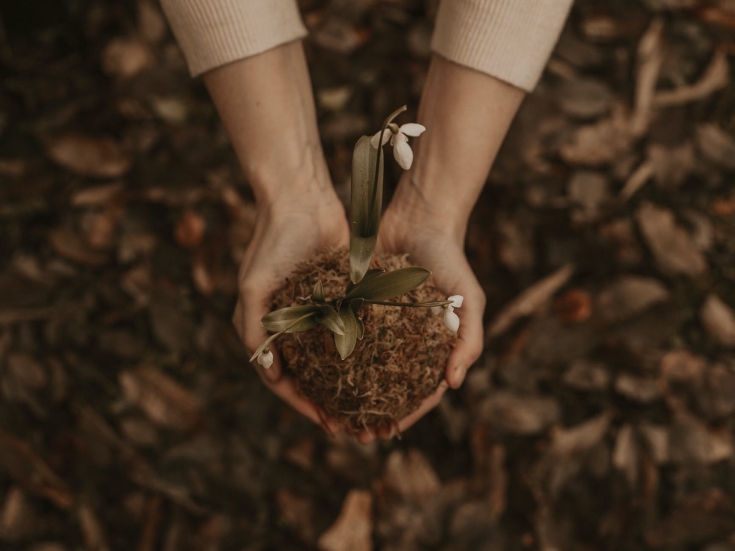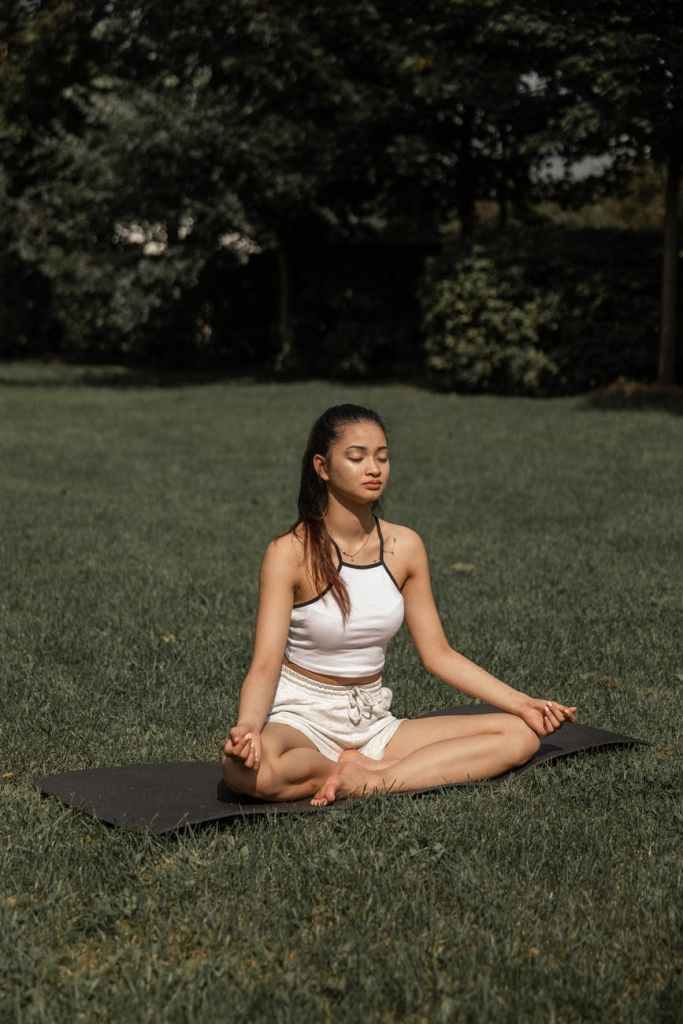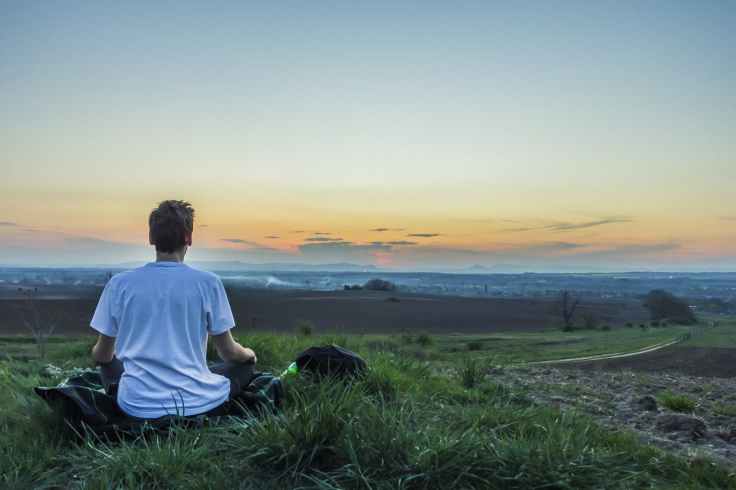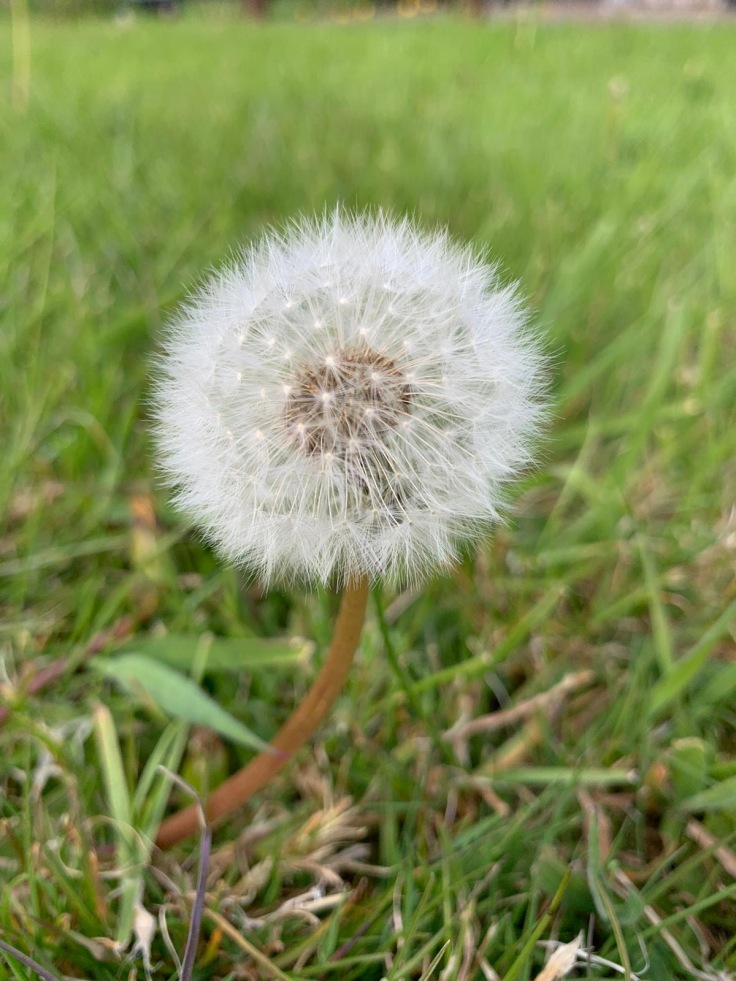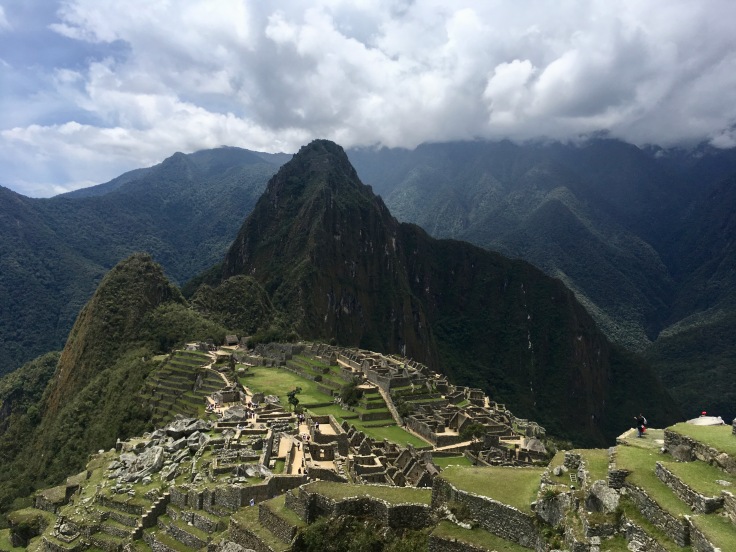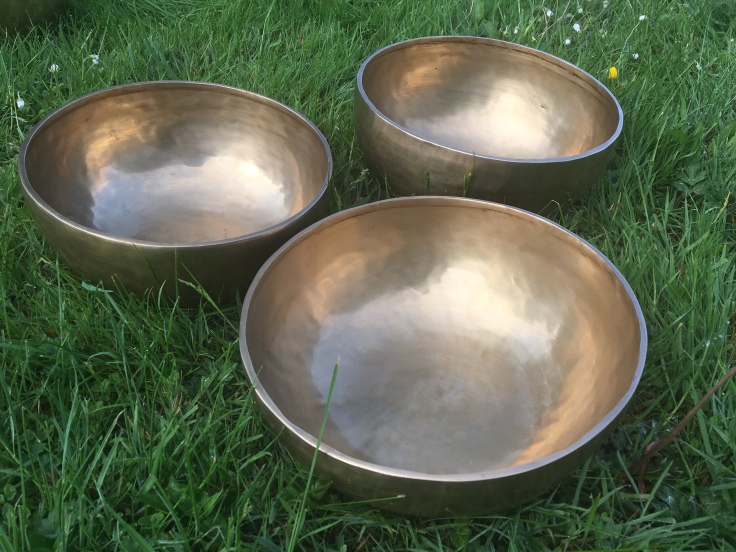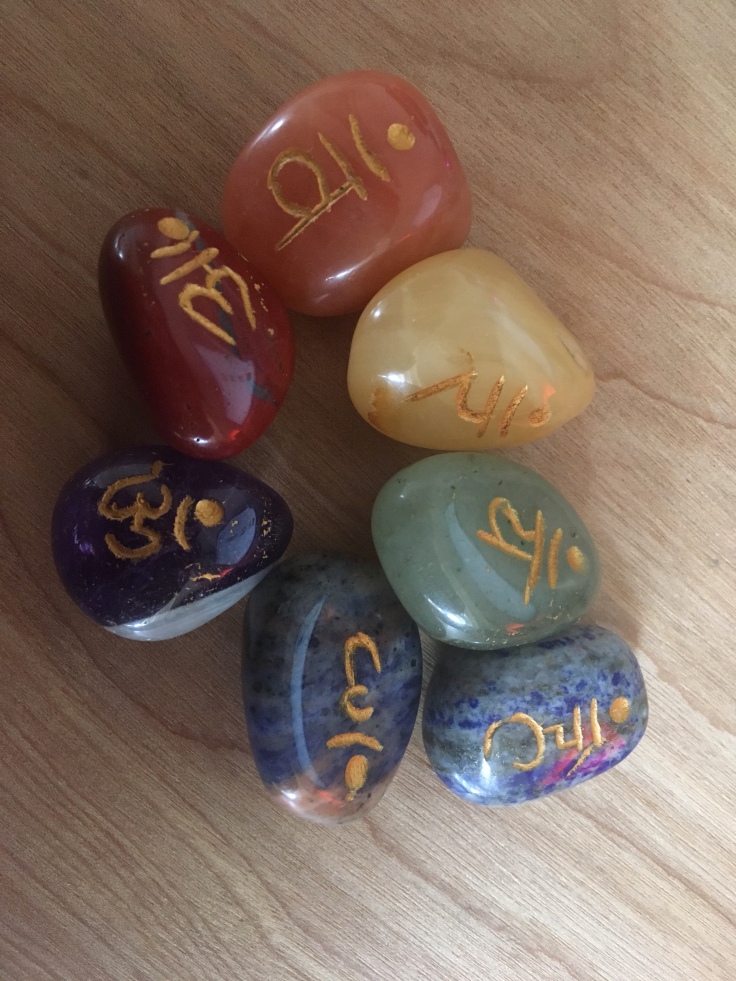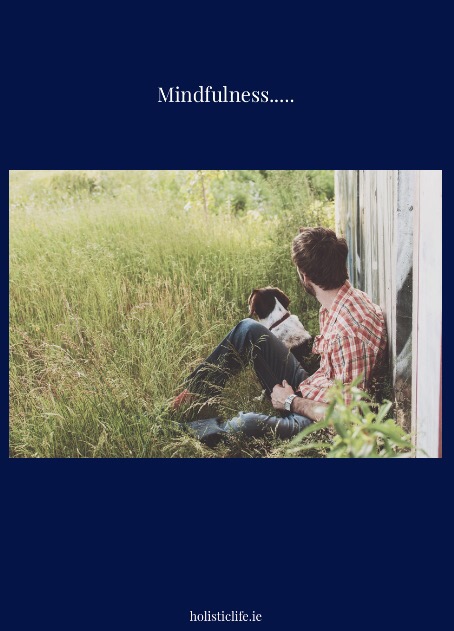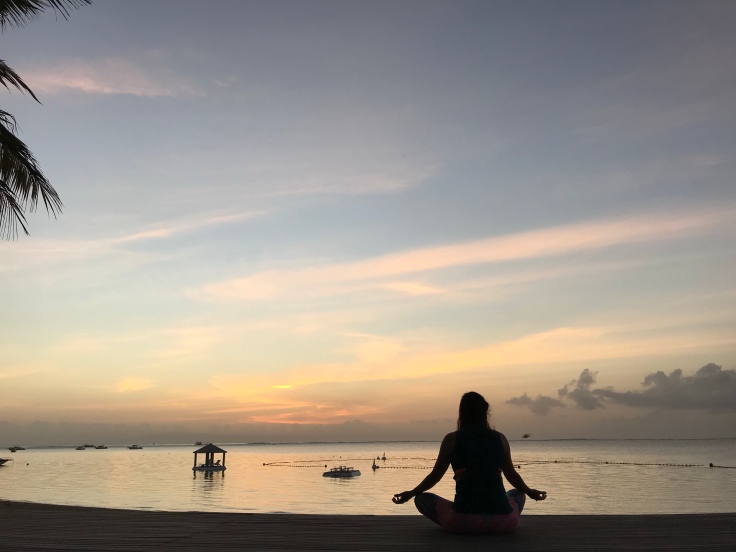Preparation is key
Before you go on your trip of a life time spend a few moments deciding what’s really important to you.
I appreciate the hidden dreams in the recesses of your brain that you’ve been harbouring – secretly or not – for a week- or for years. To ensure you have an amazing trip take time to prepare before you go. Here’s how.
Layering is the simple idea based on putting one layer on top of the other to stay warm – right? Sure that’s simple, that’s obvious right?
Simple maybe, but there are a lot of common misconceptions about layering. The first being the fabrics, the second being on how to do it.

Common Myth
“Cotton is a great fabric”……. Forget it! No cotton!! Anywhere – in Any layer.
Cotton might be a great fabric for every day use and there are a lot of nice things about cotton.
However, from a mountain point of view – it’s a no no.
Ever got caught out in the rain in a pair of jeans? What are the last things to dry on your washing line, or to come out of the dryer damp – again! Cotton traps moisture – whether it’s from sweat from your body when you’re active, or from the sky/ rain or snow.
When cotton gets wet, it stays wet and it won’t dry out. It cools your body temperature and causes huge temperature spikes when your walking- one minute you’re clammy, sticky – the next cold, damp and doubly so if it’s windy – cotton can chill you to the bone and beyond.
This continually gets people into hot water – wearing cotton – Best case scenario; you’re down right uncomfortable, veering towards miserable and you’ve either a great view of the inside of your hood, that you’re trying to back into out of the cold, or you’re staring at your feet as you walk because you’re so damn miserable. All you can think of is getting off the mountain & this is a holiday???!!! Oh and cotton is “oh so nice to get into when it’s cold and damp first thing in the morning”- it’ll never dry on the trail.
Worst case scenario – you could be talking hypothermia, frostbite, or turning back by because you’re too cold to function.
Top tip – when you’re buying your “best deal ever bargain thermals” please read the ingredients on the label.
A lot of cheap thermals are cheap, that’s because they are made with cotton in the blend – even 30% cotton will have these effects. Get your thermals right and everything else should follow.

So if not cotton – what then?
There are a number of options – polyester, polyamide – there are a number of synthetic layers available, all beginning with poly…. -there are differences between the fabrics, but they are all a better option than cotton. Synthetic thermals and other heavier layers like fleece are a relatively cheap way to layer up.
The disadvantage, is that they can be bulkier than other options and you need changes, as they get smelly after a few days wear. Merino wool is your thinner, warmer layer option and it doesn’t smell – even after extended wear, but not everyone will stomach it’s budget!
You can mix and match synthetic and wool layers too. Running tights and tops can easily be put to use here, as they are generally synthetic and if you have them already it’ll save you a few quid.
Common Myth
“I’ll just put on a few big, thick layers and that will keep me warm”
Thin layers are better than thick ones for a number of reasons.
Thin layers are more versatile. What does that mean?
Well for starters, on expeditions like Kilimanjaro and Everest Base Camp – it’s not freezing for all of the trek- if you bring a lot of bulky thick layers – you won’t use them for the majority of the trek. It’s also a waste of your money and thick layers can cause you problems with space and weight when packing your bags.
Thick layers are awkward to wear when you add a few together – you end up not being able to see your feet and generally feel about as graceful as a cow on ice.
Wearing thick layers often makes people overheat, but then they won’t take them off , as they get too cold without a layer – by having thinner layers, you can regulate your body temperature more efficiently- allowing for a happier walker.
Thin layers are the best way to go – providing maximum versatility through different temperature zones. Lower down on the mountain, it can actually be quite warm, so by buying thinner layers , you have much more choice and control in terms of what layers you can wear day to day as you trek. You also get more use out of them after you get home.
Choosing each layer comes down to personal taste and there are a lot of different options here. A lot will depend on taste and budget and the likelihood of wearing it when you get home. The fabric of the layer can help with how much heat you are getting in each layer.
It’s really important that, as you choose the various layers, that each layer marries well with the next one. Then you end up with a layering system that can adapt to a range of temperatures.
Which brings us to the next myth……
Common Myth
More is more – “I’ll just put on a load of layers and that will keep me warm”

A lot of people think this one is the way to go. The real reason why layering can be so effective, is the idea that you are trapping a layer of air between each layer and air is a great insulator.
Thin layers again play a part here, as its really nice to be able to see your feet or bend over when you’re done!
When you put on your base layer you might be a medium for example then depending on what you buy 3 layers later you might be a large. Add in your rain jacket and by the time you’re putting on your down jacket, you’re definitely going to be a large. Areas where people get caught out are: under the arms and across the back or closing zips up around the neck area – be careful if you like hoodies for example! It can feel quite claustrophobic in there!
Top tip – The only way of sorting this out, is trying all the layers on. Don’t despair if it doesn’t seem to work out at first – by rearranging the layers in a different order, the result can feel completely different – also some fabrics catch against each other, making it difficult to get sleeves in and out of other sleeves.
Experiment – lay out your clothes – what is a layer 1 (next to your skin), what is a layer 2 etc and change the orders a bit and see how it works out.
It’s not all about getting the most expensive kit. Spend some time seeing if you own any of this kit , especially if you already walk or run. Don’t leave it all to the last minute and end up stressed. Spread out the cost over time. Christmas and birthdays are great opportunities to tell family and friends what you actually need, saving you money for the bigger ticket items.
Without the right equipment, it’s a lot of money to spend on the trip of a lifetime to be cold and miserable and staring at your feet. Meanwhile, the sunrise on summit day on Kilimanjaro eludes you- or the sun set over the mountains in the Khumbu valley, is too much hassle to get out of the tent for, because you know it’ll be too cold. Or you’ve to turn back, if conditions are not at their optimum and you don’t have the right jacket or gloves.
I don’t say this from an elitist attitude, but from experience with people in the mountains. We’ve all made mistakes on the mountain – so let’s try and learn something from that, so we don’t have to go through unnecessary strife and let’s up the enjoyment factor while we’re at it. It’s a trip of a lifetime after all! You could stay at home, save yourself the trouble & pop your feet up on the couch where the view of them is free but where’s the adventure in that though?
For more articles click Blog or check out Events
For an appointment or to stay updated Contact me to join my mailing list!

















